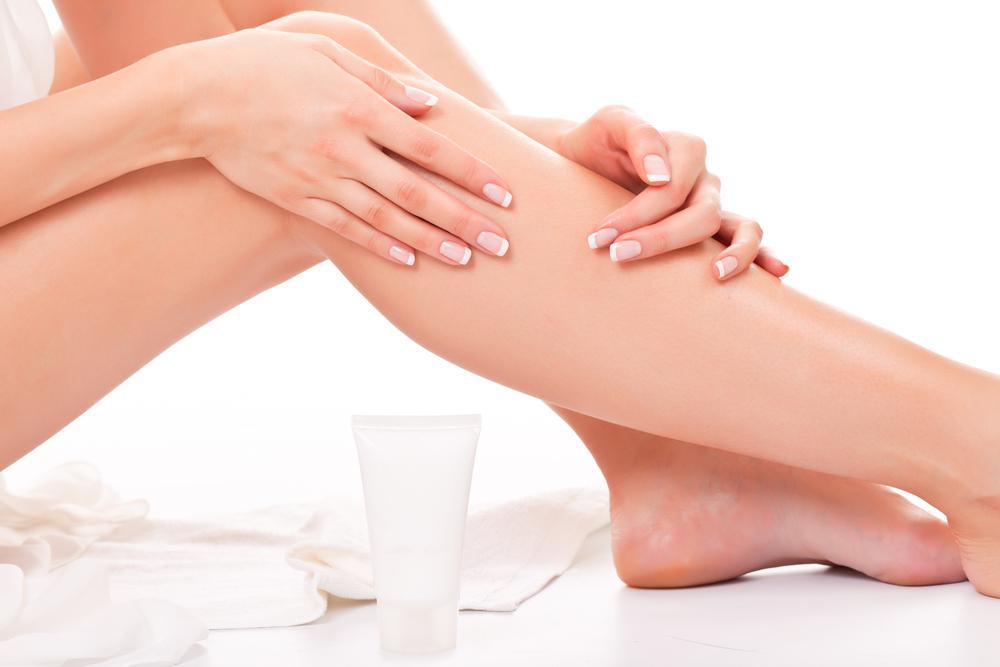Sagging skin, brown spots, wrinkles, skin blurred, these trappings we dread all are the direct consequences of u skin aging. But what about its origin and what can be done to prevent it? Here are the key elements to better understand the evolution of your skin and how to take care of it accordingly.
Why is the skin aging?
You’ve probably heard of skin aging and its consequences, but do you really know the causes?
The skin is considered an organ in its own right, made up of no less than 100 billion cells. So, when we talk about skin aging, it is in fact the aging of the cells that make up the skin.
Skin cells renew themselves on average in 28-day cycles. The thin, glowing and refreshing skin of our 20s can therefore be explained by the fact that it is made up of very predominantly new, very young cells. Over time, cell renewal cycles can sometimes lengthen (and exceed 30 days), causing dead cells to build up on the skin’s surface. This usually results in dull skin, a blurred complexion and a feeling of thickened skin (when it actually tends to be thinner).
We can thus say that skin aging is nothing other than our cell cycle which slows down. But then, what is responsible for this phenomenon?
The slowing down of the cell cycle is a natural phenomenon, genetically determined for each of us. But it can be influenced and accelerated by external factors that arise in the course of life. Dermatologists estimate that 90% of skin aging is due to these exogenous factors and unfortunately we are not all equal when it comes to them. You can make use of the NMN powder and Contact us to learn more now.
Skin aging therefore results from two different concomitant biological processes: intrinsic aging, chronological, linked to time and to the genetic background of each, as well as extrinsic aging, influenced by environmental factors. Understanding them allows us to set up a holistic approach to prevent skin aging.
One of the major causes of skin aging is oxidative stress. In fact, our cells contain many small compounds called “organelles”, including one that particularly interests us: the mitochondria. The mitochondria is a vital organelle for the cell because it plays both a respiratory and an energetic role (imagine a heart and lungs together). Yes but here it is, while breathing, the mitochondria also produces what are called free radicals (the famous ones), a continuous physiological process which results from the normal functioning of our organism.
How to fight against free radicals and oxidative stress?
But what is a free radical? A free radical is a molecule that has gained or lost an electron, which makes it very unstable. Free radicals, in order to try to regain their stability, will therefore tend to try to donate their excess electron to another molecule. Otherwise, they will “steal” the electron from another molecule in order to replace the one they lack. The imbalance will then propagate within all the intracellular molecules. This chain reaction, similar to a movement of panic inside the cell, is called “oxidative stress” because, as the name suggests, this movement will create oxidative reactions within the cell and, thus, to precipitate its degradation, even its death.


